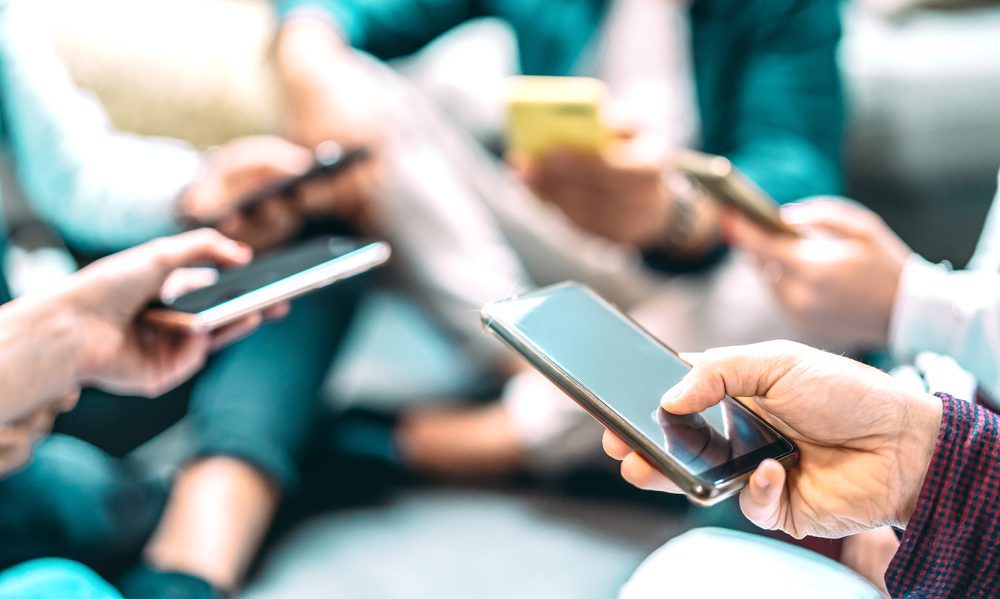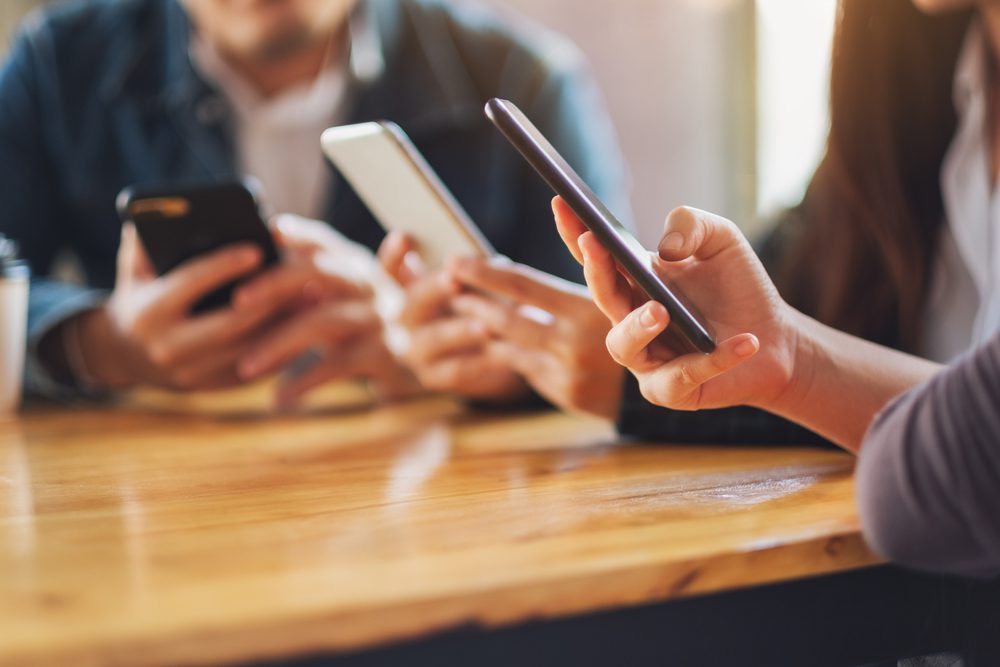In today’s digital era, the proliferation of advanced mobile applications has significantly increased data consumption on Android devices. With the surge in data usage, concerns related to skyrocketing bills and diminished battery life have become commonplace. Fortunately, optimizing data consumption on your Android device doesn’t have to be a Herculean task. This article delves into practical tips to help you curtail data usage effectively, ensuring that you save money and extend your device’s battery life.
1. Monitor Your Apps’ Data Consumption
The first step towards mitigating excessive data usage is to pinpoint the culprits. Android offers intuitive ways to track your data consumption. For those operating on older Android versions, navigate to Settings > Network & Internet > SIM card & mobile network > Data usage. For newer versions up to Android 12, the pathway is Settings > Network & Internet > Mobile network > App data usage. Look for data-intensive applications, such as social media platforms and streaming services, and either delete or restrict their data usage.
2. Disable Background Data Usage
Certain applications, including Facebook and Skype, persistently communicate with their servers, even when in the background. This consumes large amounts of data, often unbeknownst to the user. To mitigate this, follow these steps:
- Go to
Settings > Apps. - Select the desired application from the list.
- Within the App info section, navigate to Mobile data and deactivate the Background data option.
3. Use Wi-Fi When Available
Maximizing Wi-Fi connectivity is pivotal to minimizing cellular data usage. Ensure that your device is connected to Wi-Fi networks whenever they’re available by navigating to Settings > Network & Internet and activating the Wi-Fi option. When accessing public Wi-Fi networks, it’s a good idea to use a virtual private network (VPN) to safeguard your online activities from potential hackers.
4. Limit Streaming Activities
Streaming multimedia content over mobile data is a notorious data guzzler. To circumvent this:
- Store media content locally on your device.
- Download content exclusively when connected to Wi-Fi networks.
Additionally, most media streaming applications offer adjustable resolution settings. Opt for lower resolution settings or download content over Wi-Fi for offline consumption, thereby conserving data. By adopting these practices, you can significantly curtail data consumption, averting potential financial ramifications and preserving battery life.

5. Exercise Caution with Auto-Updates
Auto-updates, while convenient, can inadvertently deplete your data allowance. To circumvent this, access the Google Play Store, navigate to Settings, select Auto-update apps, and opt for updates exclusively over Wi-Fi.
6. Embrace Offline Accessibility
Certain applications facilitate offline access, enabling you to access essential content devoid of an internet connection. For instance, Google Docs offers offline accessibility for documents. Regularly explore applications for offline access capabilities and consider enabling them.
Reducing data usage on Android devices involves application monitoring, background data restriction, and usage of Wi-Fi networks. By following these tips, you can optimize data consumption, reduce data charges, and prolong your device’s battery life. For individuals seeking expert guidance and support tailored to Android devices, don’t hesitate to consult our team of experts. Contact us today to get started.

